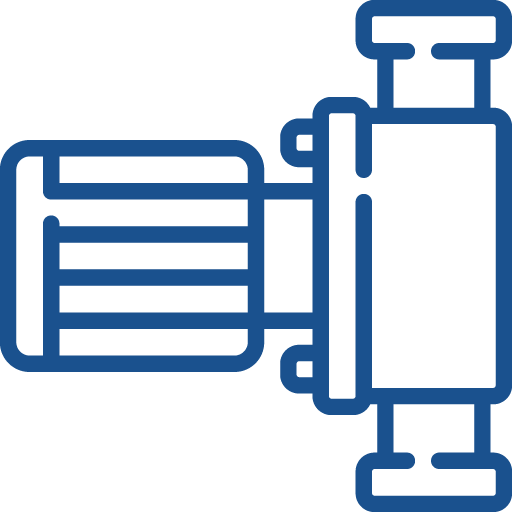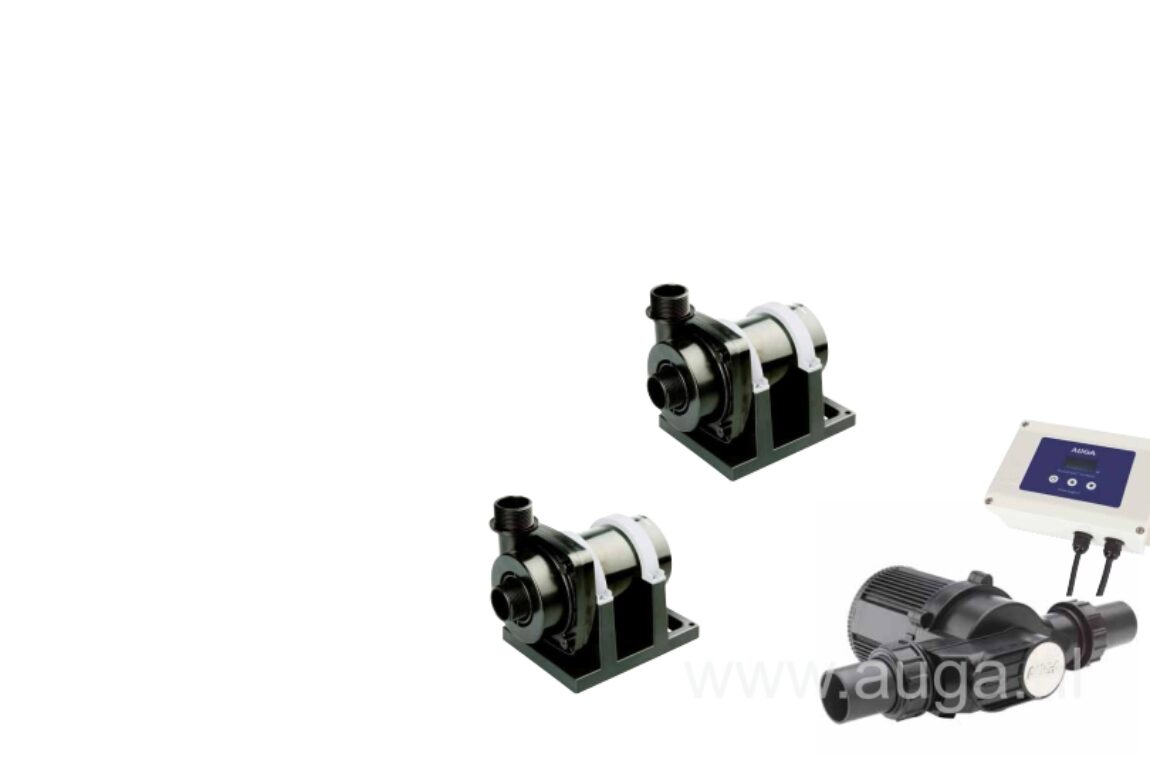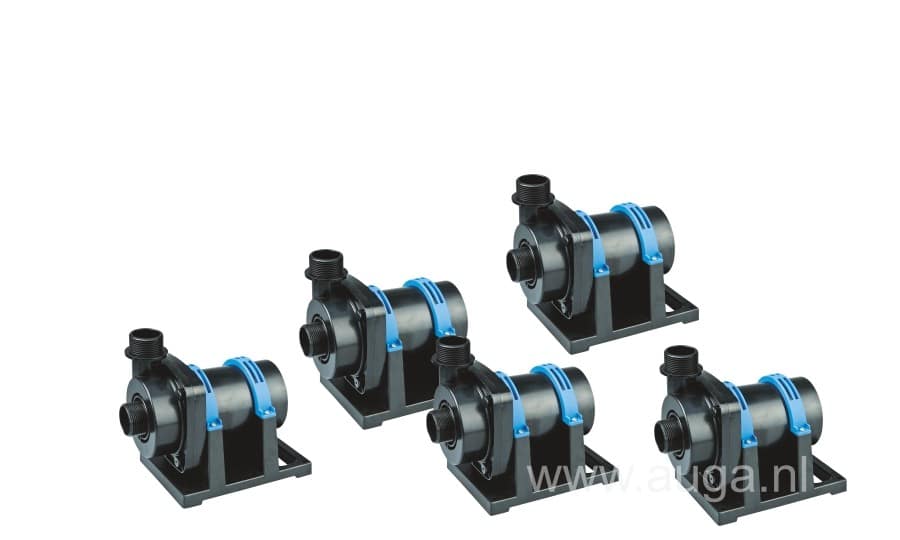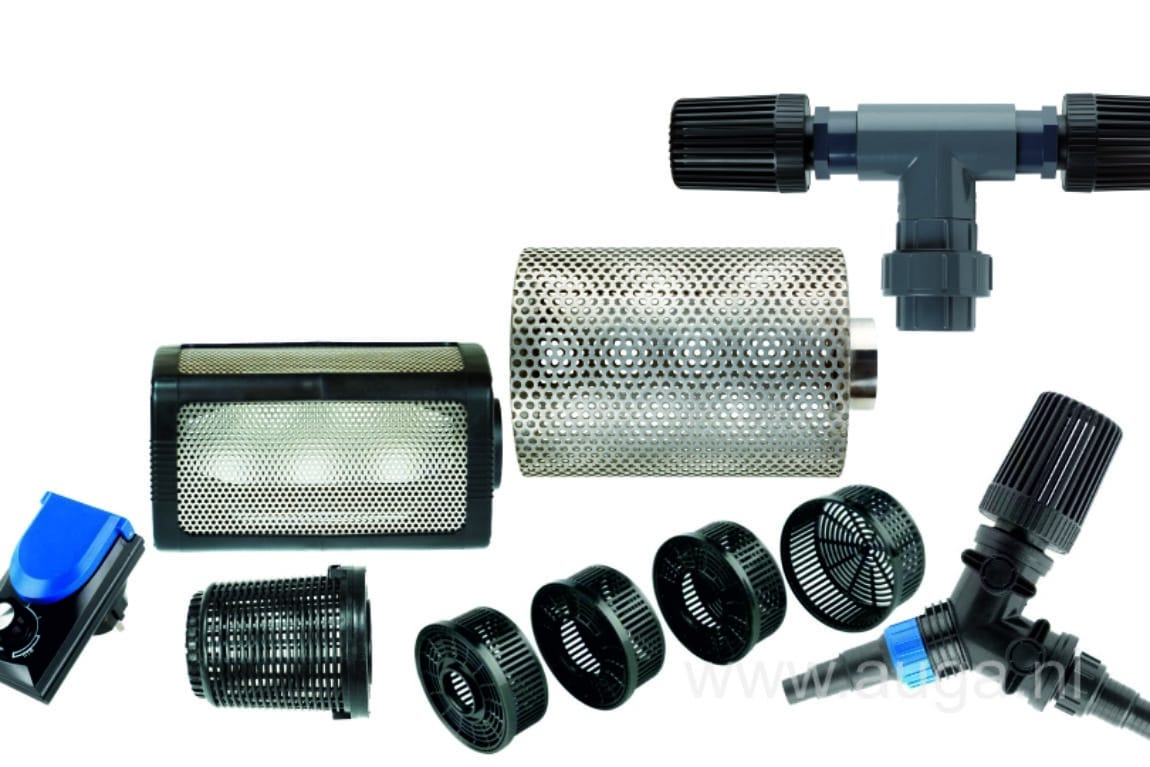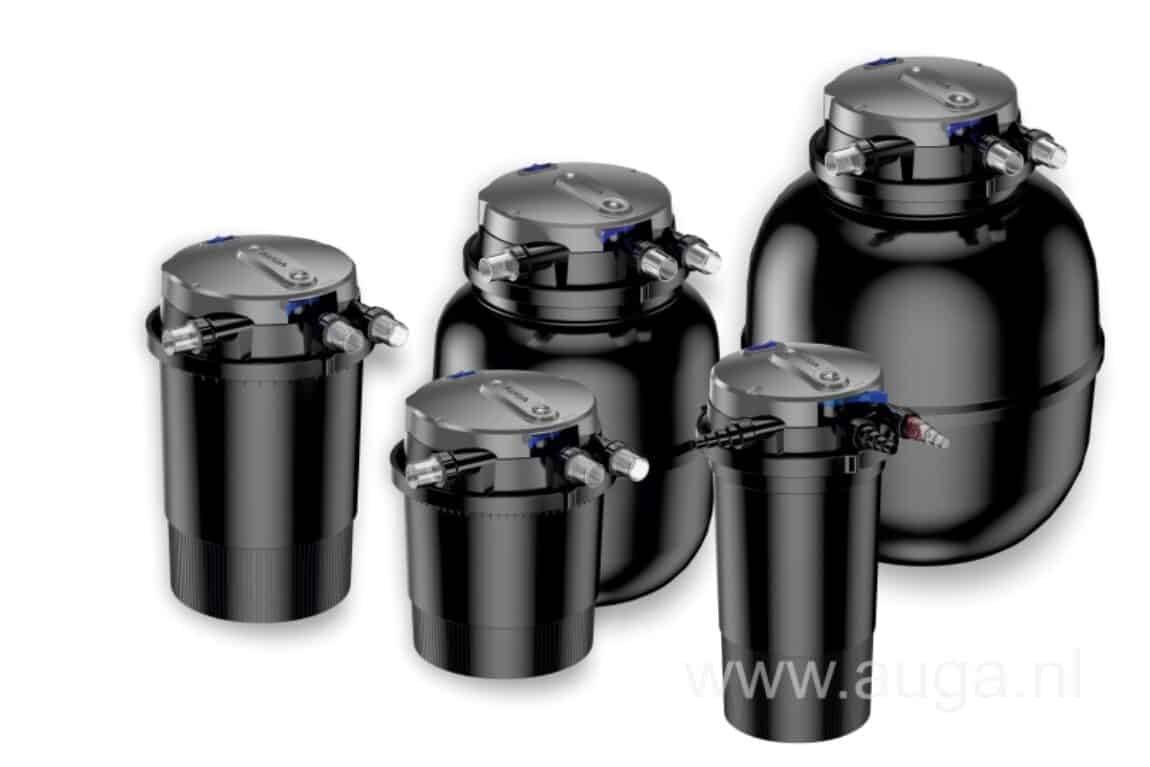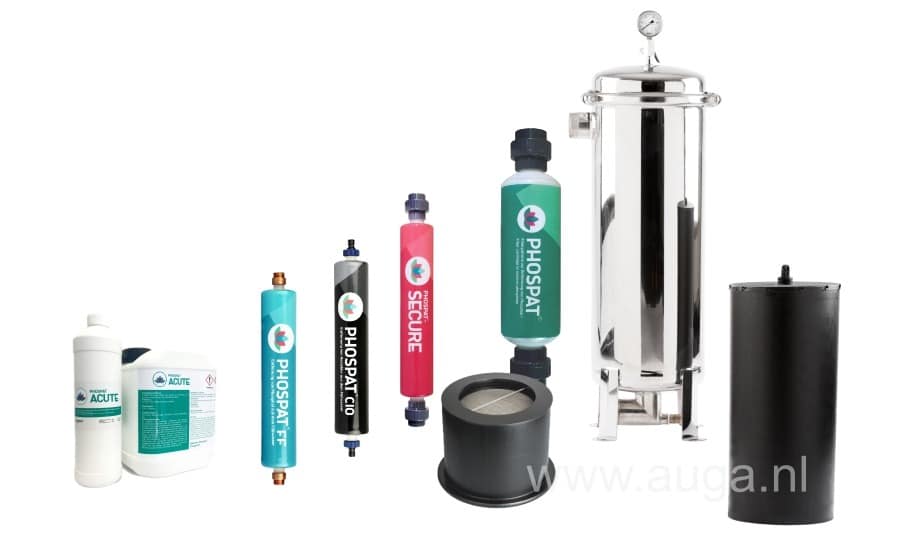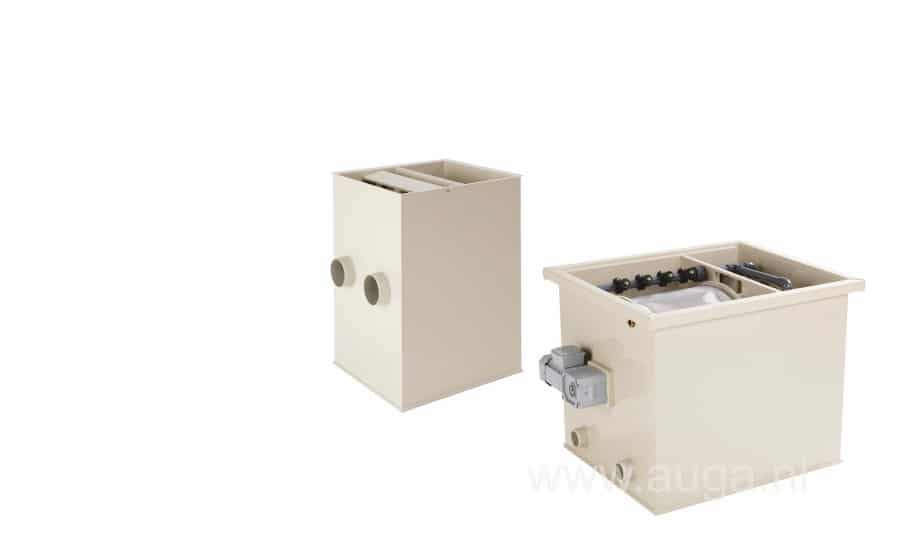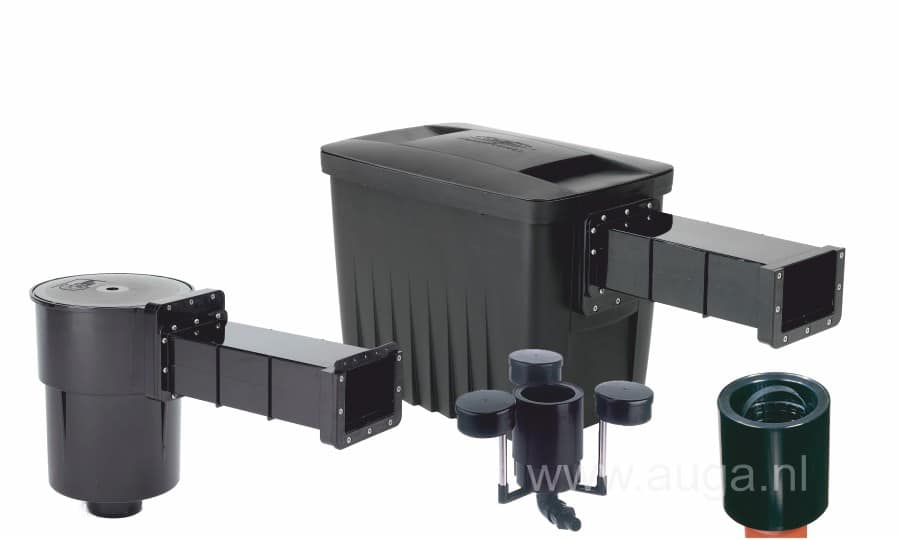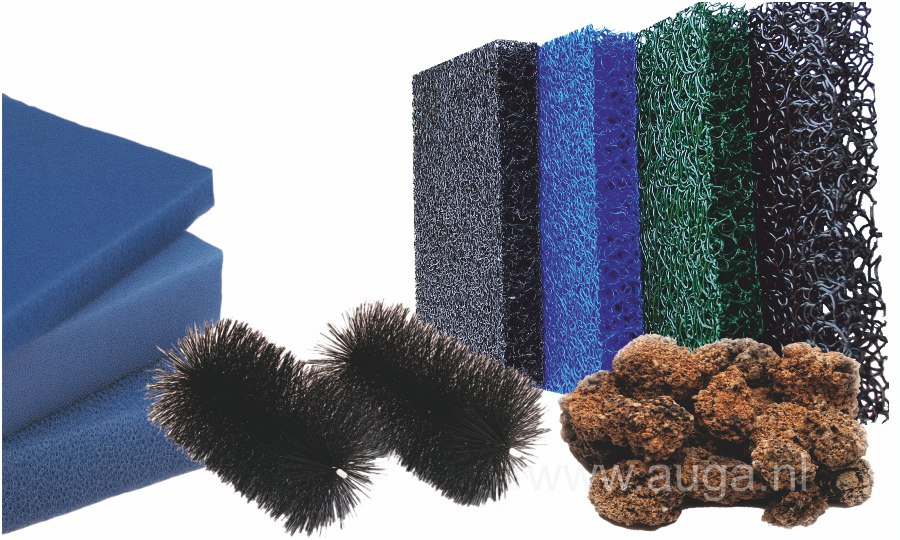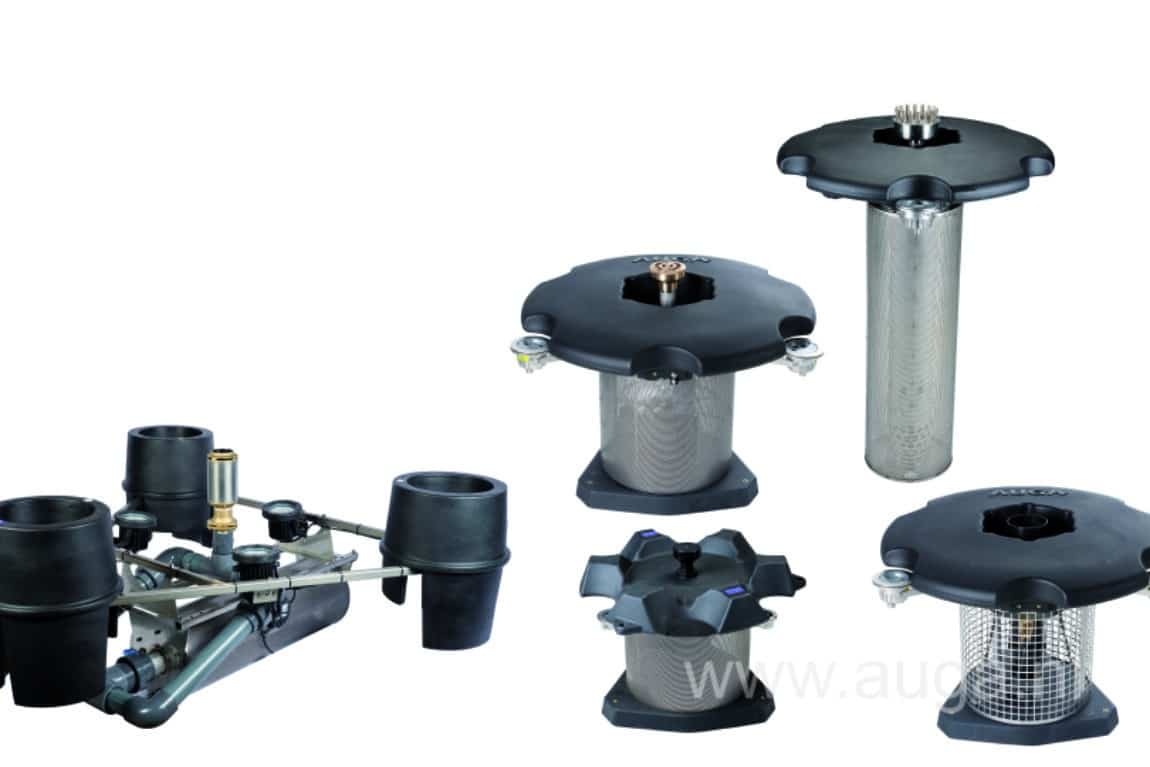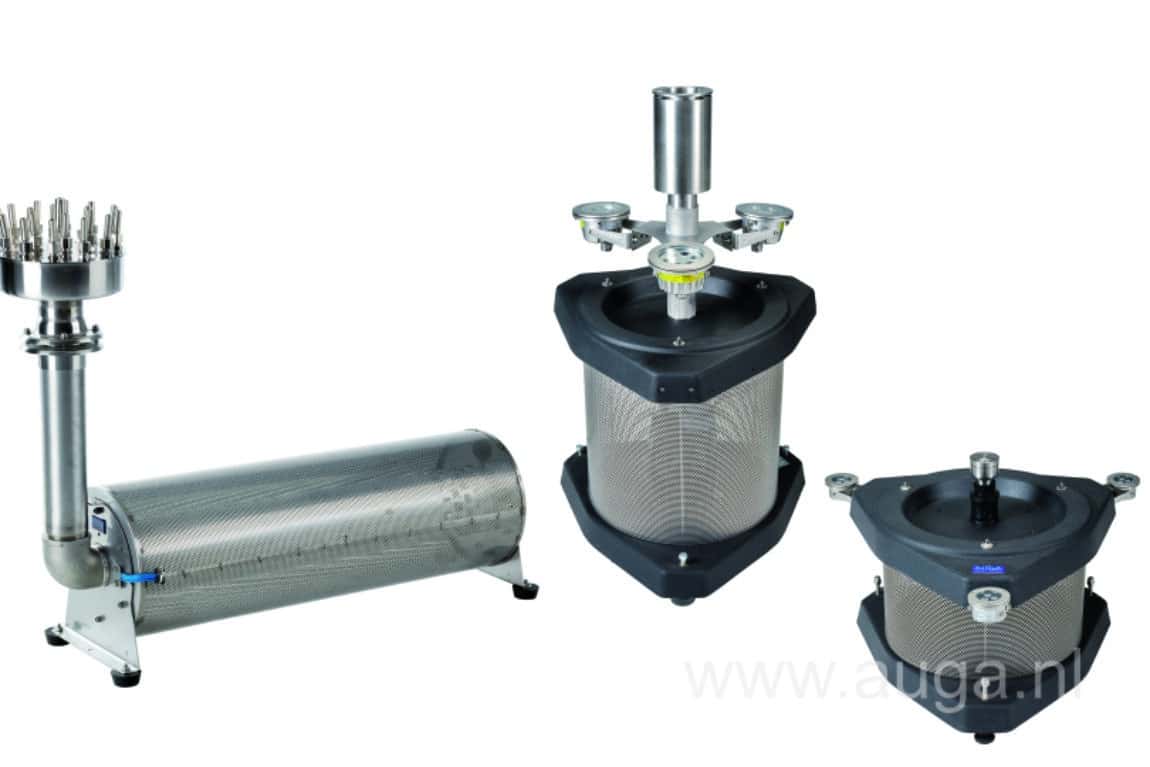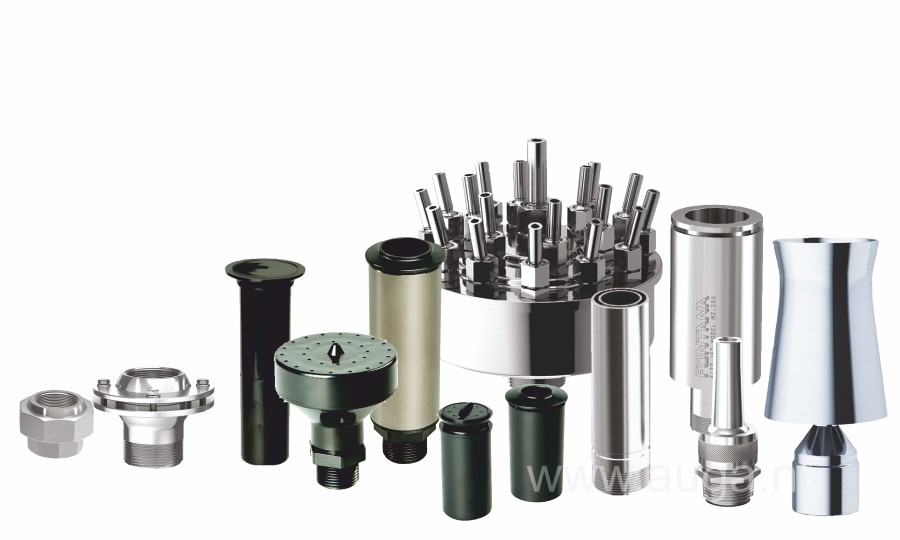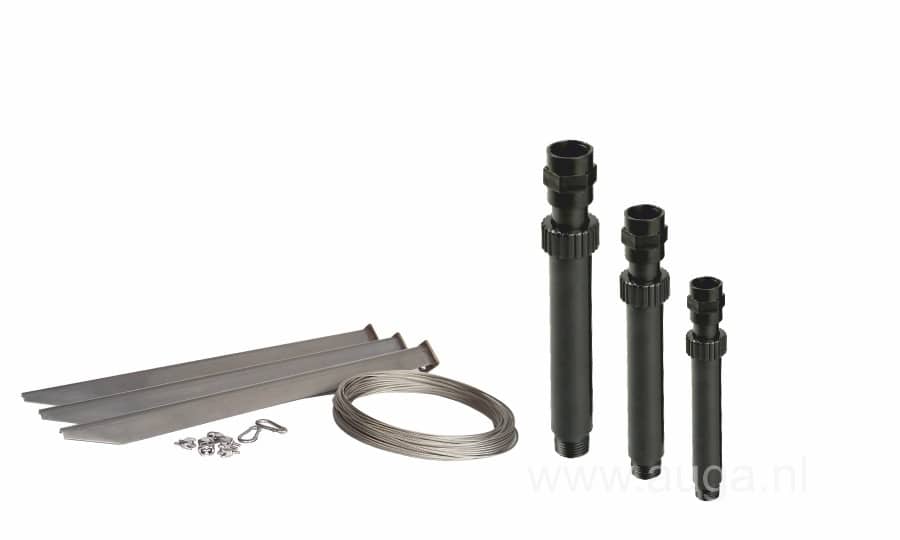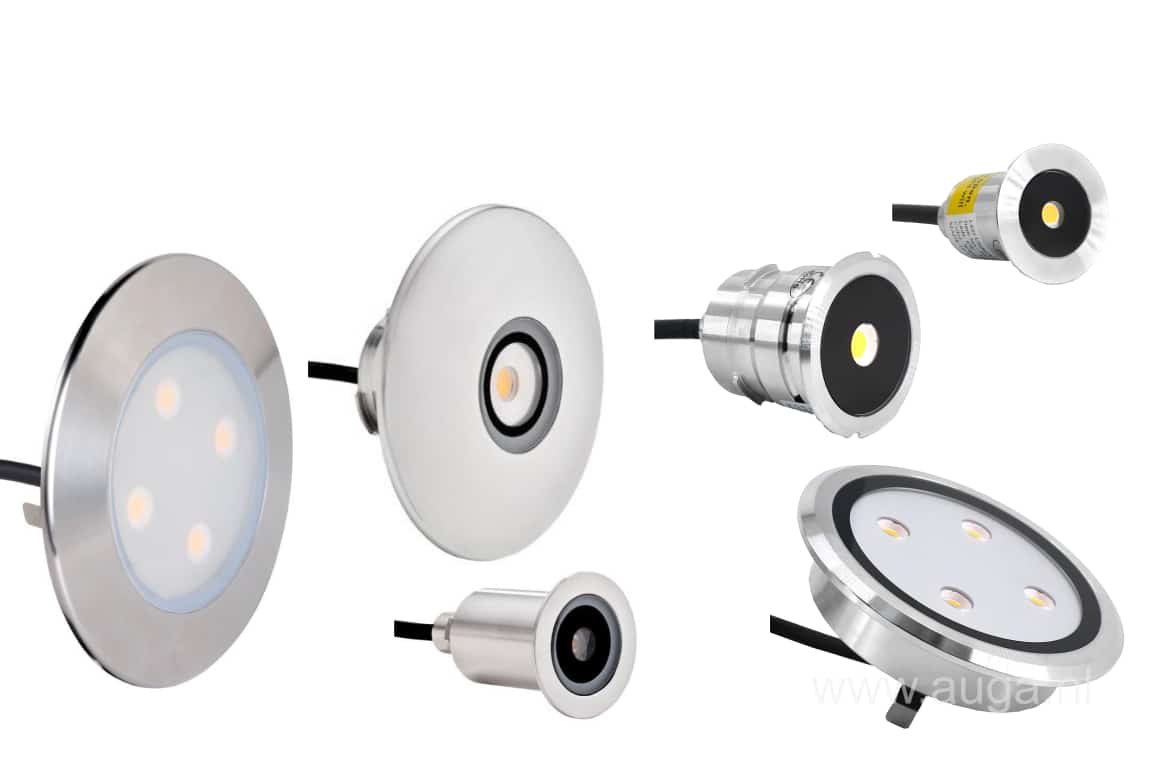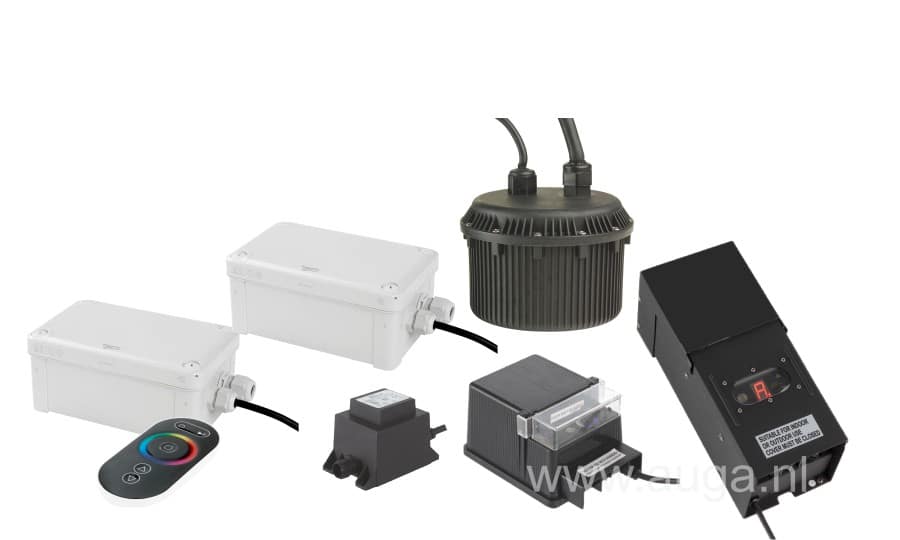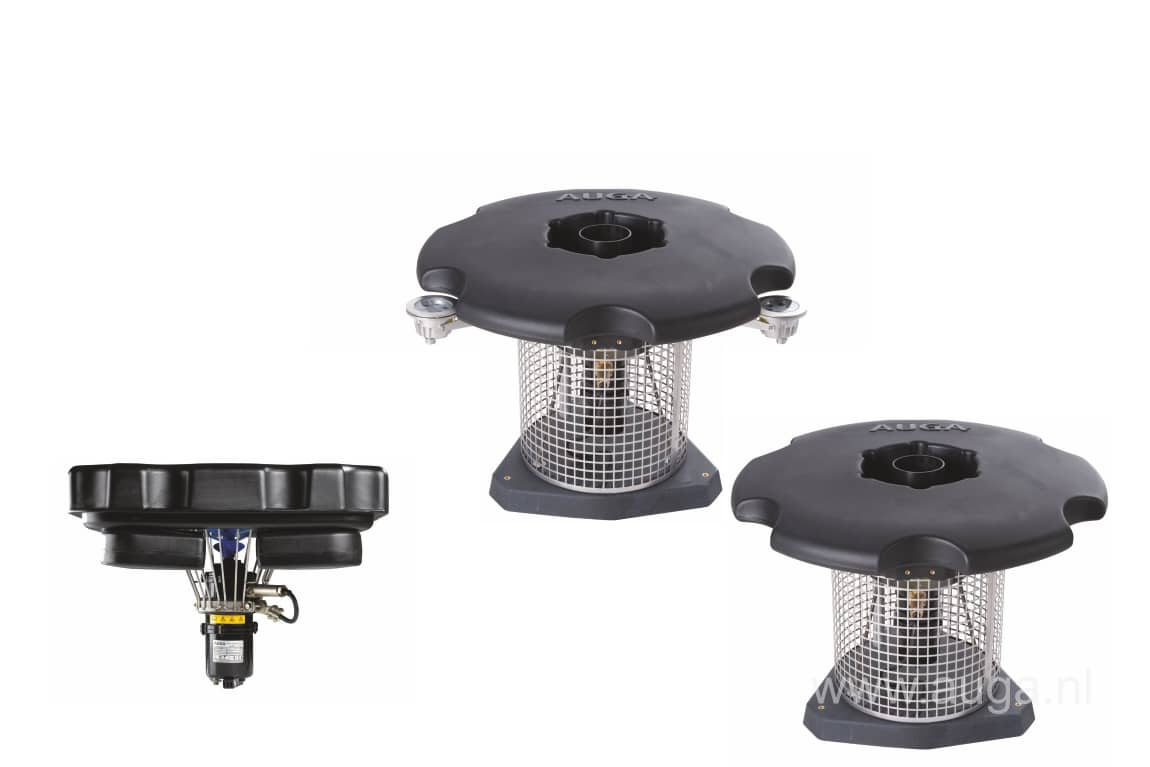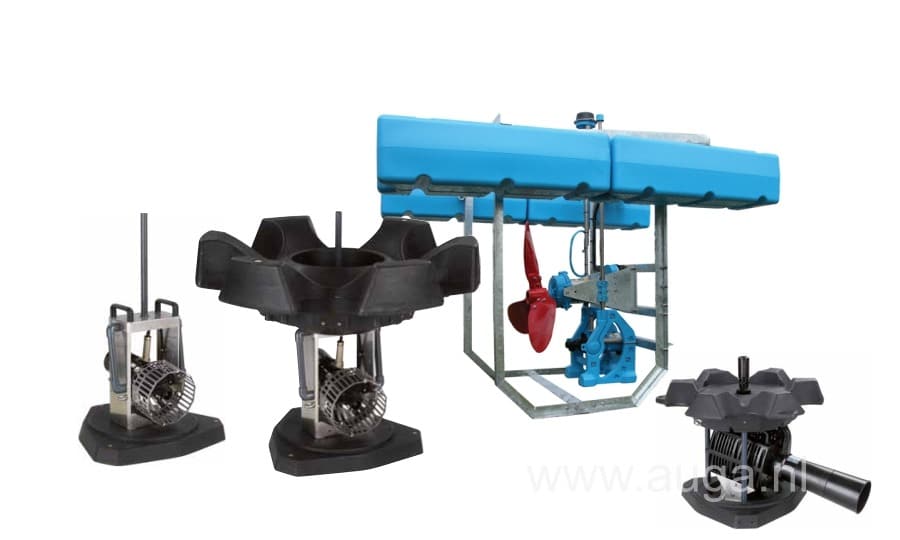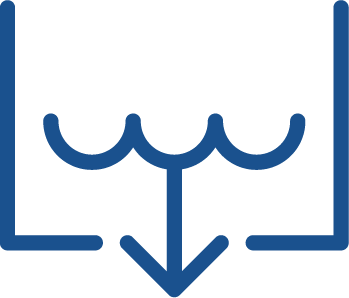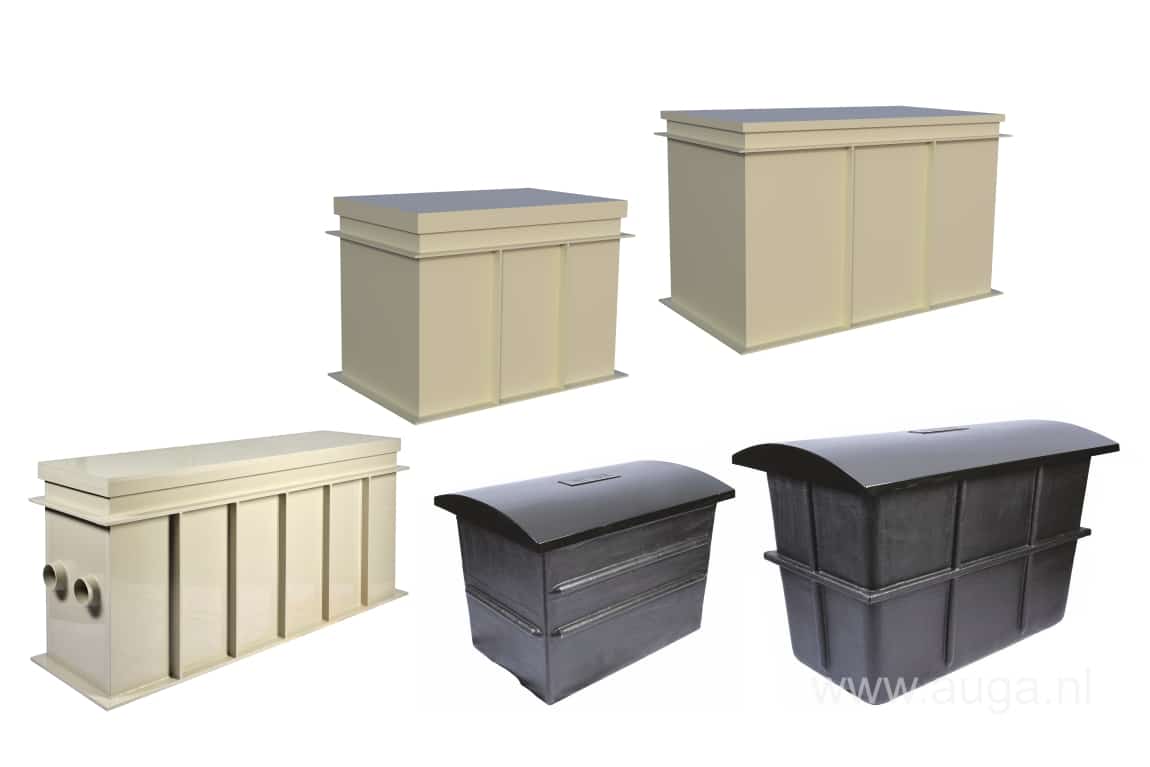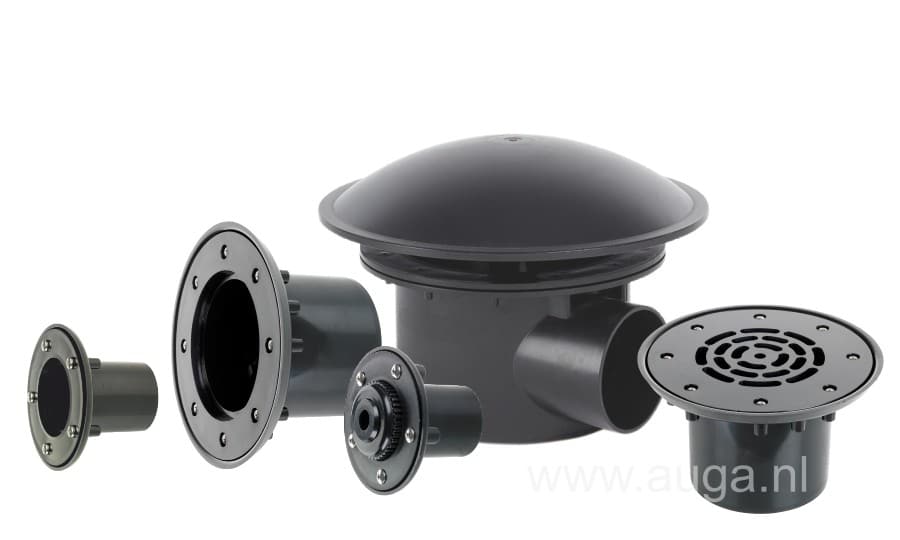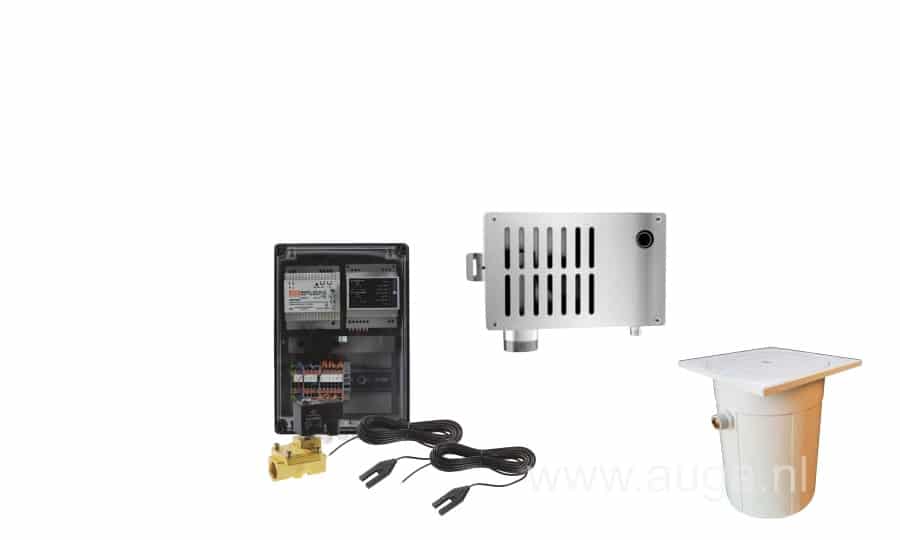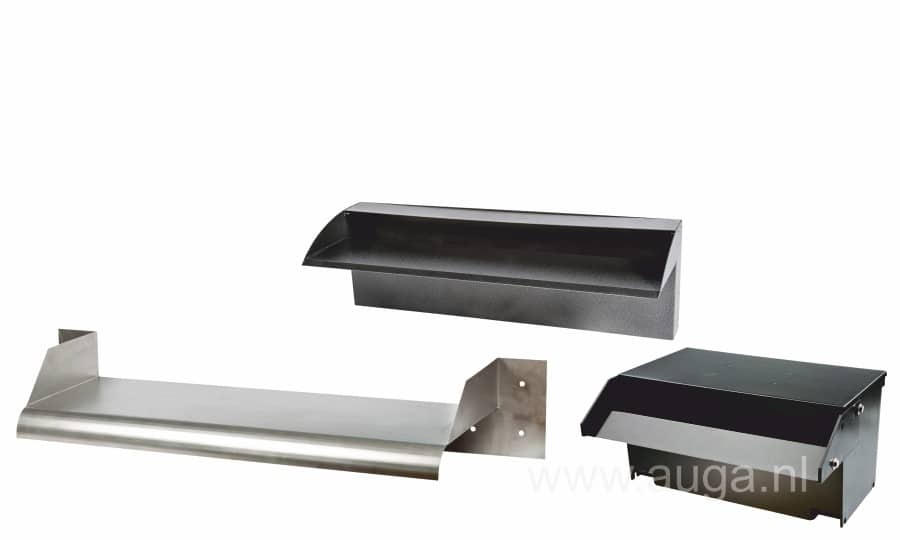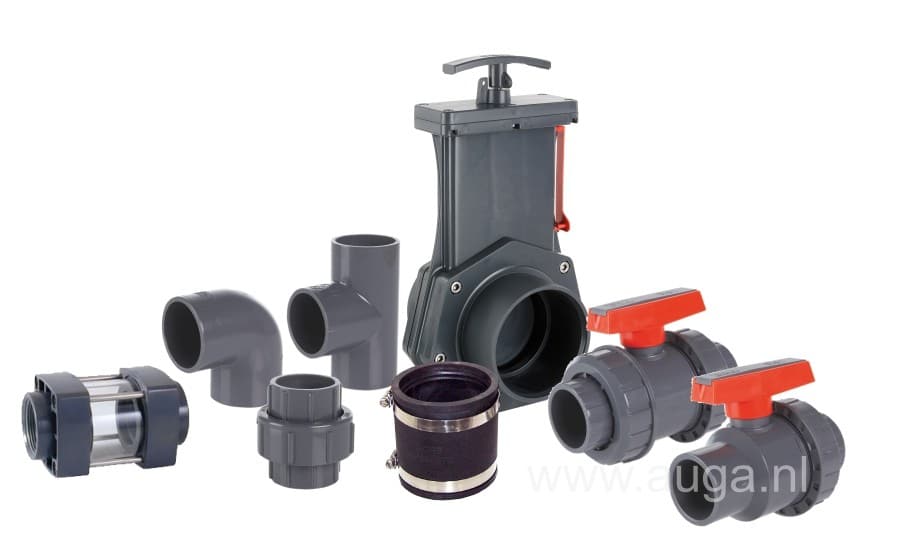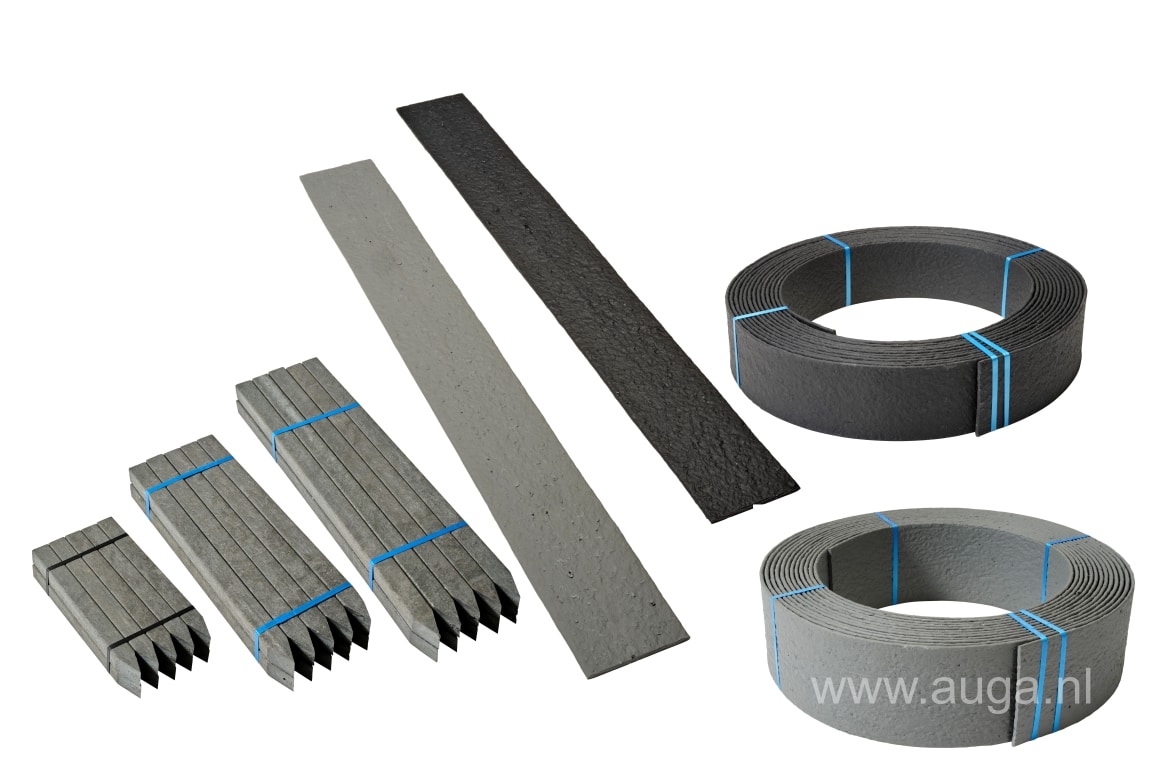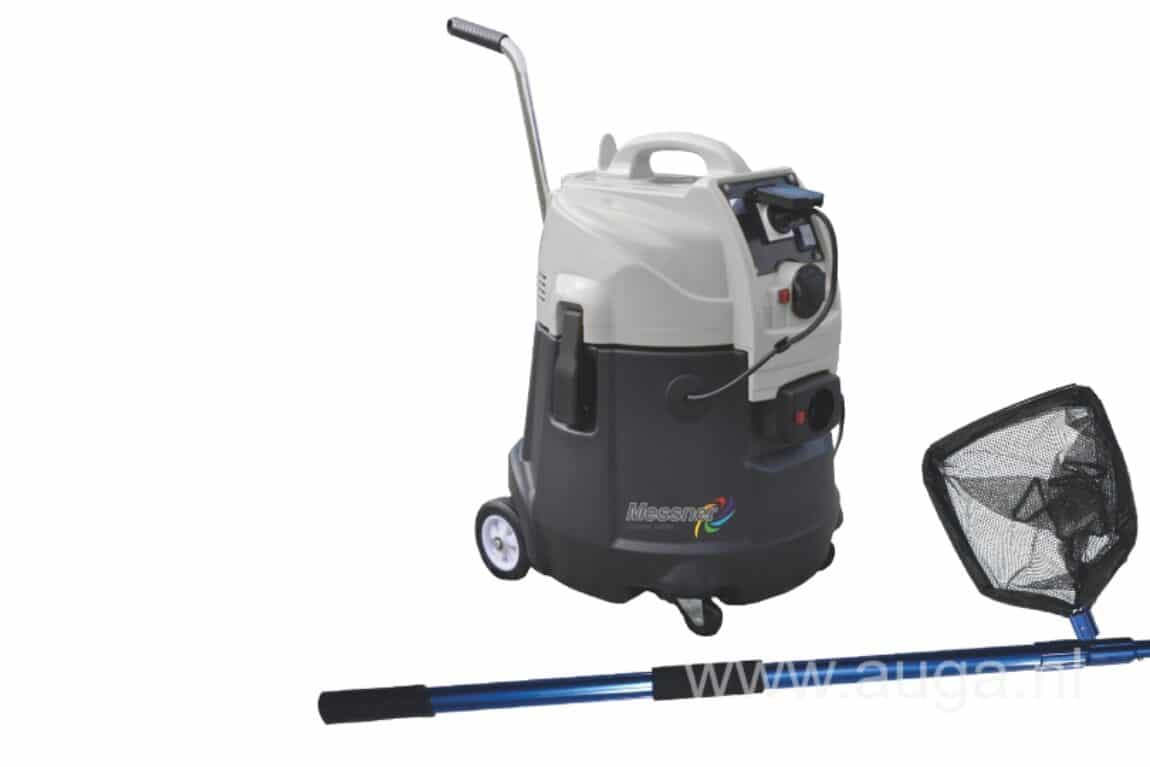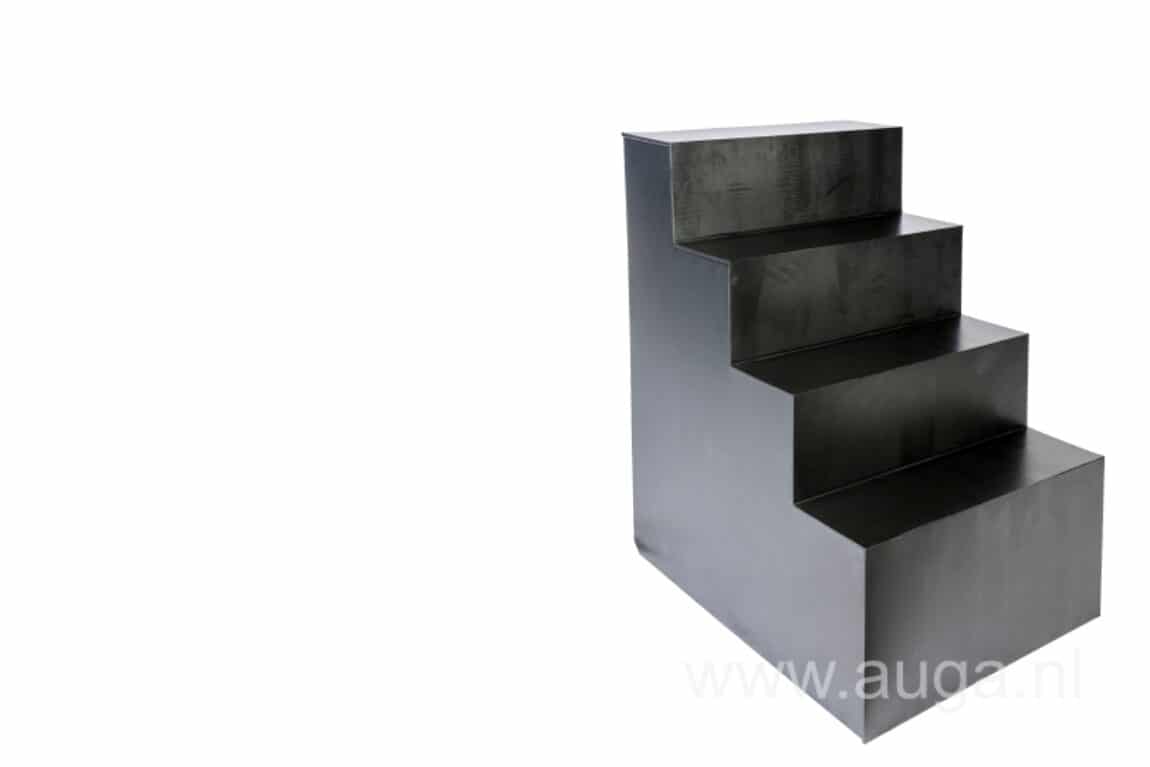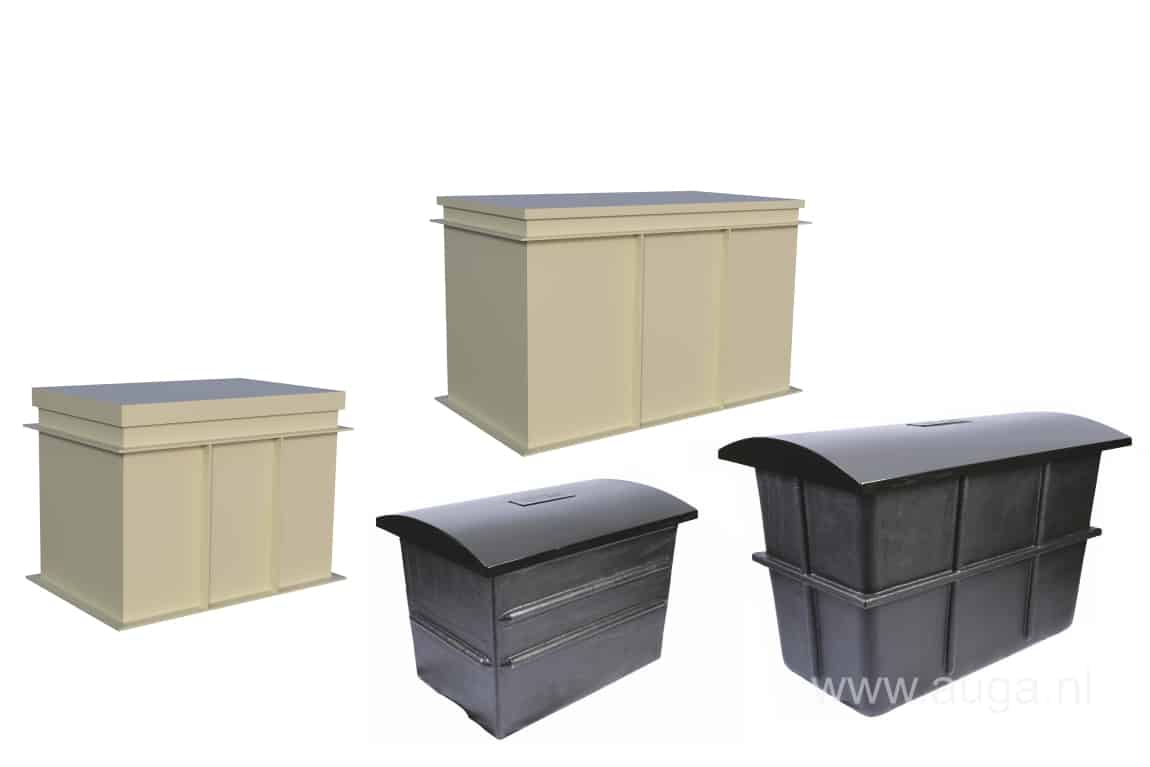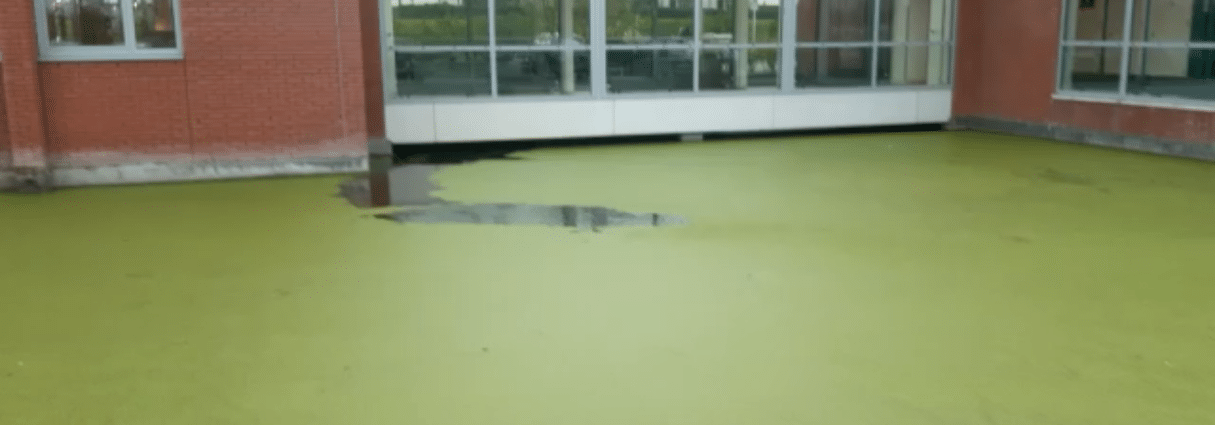Duckweed Control at Gro-Up Office Complex
Duckweed is a highly protein-rich plant and perhaps the alternative food source of the near future. However, for many, this fastest-growing plant in the world is still a source of annoyance and poses significant problems for the ecosystem in public waters.
Dennis Philippi – from the installation company A1 Group in ’s Gravenzande – involved AUGA in addressing a persistent duckweed problem in the pond area at Gro-Up. This organization is active nationwide in childcare, community work, healthcare and education, with its headquarters in Berkel en Rodenrijs.
The A1 Group supplies, installs, and maintains complete installations for the horticulture industry and all other market segments where water is part of business processes. The company has already carried out several projects for AUGA. Located in the middle of the greenhouse construction area, A1 deals with water daily. Duckweed control was new to them, so they presented this problem to AUGA.
Every year, the water feature at the Gro-Up headquarters is completely covered with a thick layer of duckweed. Not only does this look unsightly, but it also severely disrupts the functioning of the existing fountains, and the water quality suffers as a result. Gro-Up wanted to improve this.
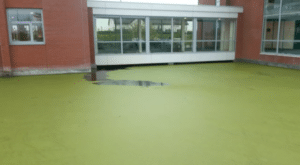
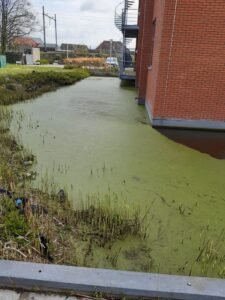
The “duckweed carpet” at Gro-Up in Berkel en Rodenrijs, not a pretty sight and deadly for the ecosystem.
Duckweed grows in nutrient-rich, especially stagnant water. The narrower the water body, the greater the chance of duckweed formation. There is a relationship with the silt layer on the bottom, as it is the ideal breeding ground for duckweed. Duckweed mats block light and air and are suffocating for other life in the water. Oxygen deficiency causes fish death and odor nuisance. This process returns every year if you don’t do anything about it.
Under the duckweed cover, only decomposition takes place, leading to further expansion of the duckweed mat. This ultimately negatively affects the ecological system and the recreational value of a pond or water feature.
How do you get rid of duckweed?
The invasive plant thrives in stagnant water and multiplies rapidly. The duckweed layer floats and does not attach itself to the bottom. To get rid of it, good water flow is needed, which pushes the duckweed mat in one direction, making it easy to remove and dispose of. If there is a connection to open water, the flow pushes the duckweed to the open water, which makes it much easier.
These are the first steps to get rid of duckweed:
Good flow is achieved with FLOW Propeller Mixers. Water is moved over long distances to carry the duckweed along. Additionally, the warm upper layer is mixed with the colder lower layer to prevent algae growth.
FLOW mixers also prevent dirt accumulation through the organic breakdown of bottom debris, which further combats duckweed growth.
Open spots appear on the water, and light can penetrate again where no duckweed floats. Aquatic life can develop again, and the natural balance is restored.
Duckweed loves warmth and light, so it’s important to put FLOW mixers into operation before the growing season starts from April/May to September. These are the first steps to get rid of duckweed.
The following steps to prevent excessive duckweed growth:
Bottom sludge is the ideal breeding ground for duckweed and harmful gas development. Bottom sludge forms from dirt accumulation such as leaves, dead pond plants, fish excrement, and dirt that blows or is brought in. In public waters, it is also possible for the emergency overflows of sewer systems to open during heavy downpours.
Untreated sewage water causes a massive oxygen drop in the pond. Mass fish death as a result of this is more the rule than the exception. All the organic pollution that enters a pond eventually forms a layer of sludge if the pond is not maintained. This creates a great breeding ground for duckweed, from which harmful gases also develop, which are extremely dangerous for fish and the overall water quality.
With S-FLOW volume aerators, gases are carried up to 6 meters deep with a large volume of water to the surface to restore oxygen in the water. The aerators create a well-mixed and aerated zone around the device.
Mixers and aerators are the perfect combination to drastically and permanently improve the overall water quality.
Addressing the problems at Gro-Up:
At Gro-Up, there was a connection to open water, but there was hardly any good circulation. In the various inlets, water was stagnant, and duckweed could quickly spread. The existing fountains (A to E in the illustration) were probably once intended to create movement in the pond, but that is hardly possible with fountains.
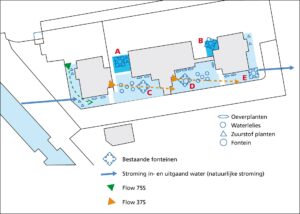
Our specialist visited the project and provided a detailed quotation with advice on how to best tackle the duckweed problem and improve the water quality
For this project, a combination of FLOW mixers and S-FLOW aerators was chosen
Moving water
To get the thick layer of duckweed at Gro-Up moving over a greater distance, three FLOW propeller mixers were deployed. Two mixers of type FLOW 37S, each with a motor power of only 0.37 kW, and one mixer of type FLOW 75S with 0.75 kW of power were sufficient to do the job. The diagram shows the arrangement of the devices, which set the stagnant water with duckweed from the inlets in motion. For this project, fixed-position mixers were used because the water is shallow.
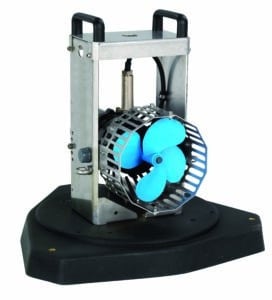
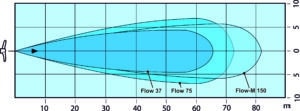
Flow Propeller Mixers are practically clog-free; the basket is only there to protect against incoming branches and living creatures. With a low motor power, a large flow range is achieved.
Water aeration and degassing
To degas and aerate the pond, two floating S-FLOW 75 F volume aerators were installed. With a motor power of only 0.75 kW, each device pumps and aerates 192 m³ of water per hour.
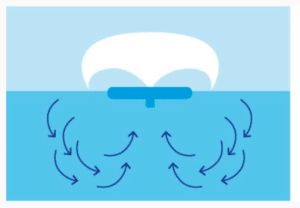
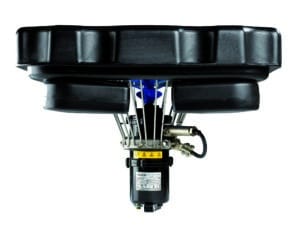
S-Flow floating volume aerator degasses water and enriches it with oxygen.
The A1 Group connected the existing fountains and mixers to a weather station with a wind meter. The existing fountains switch off at too high a wind speed, and the mixers are switched off separately if the wind direction obstructs the water flow.
Pumping against a strong current costs more energy, and you can save on that; a practical and effective solution that A1 applied for this project.
The results did not take long to appear
Within four weeks after the installation of the devices, the results were already visible; a few months later, this ring pond was free of floating duckweed, and the water quality was significantly improved.
With relatively low investment costs, the wishes of Gro-Up were fully realized.

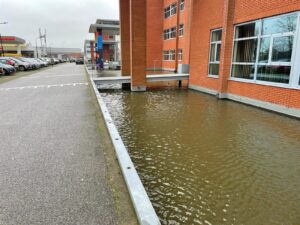
The ring pond at the headquarters of Gro-Up looks presentable again.
Do you also want to get rid of your duckweed problem, or do you have water quality issues?
Contact us

